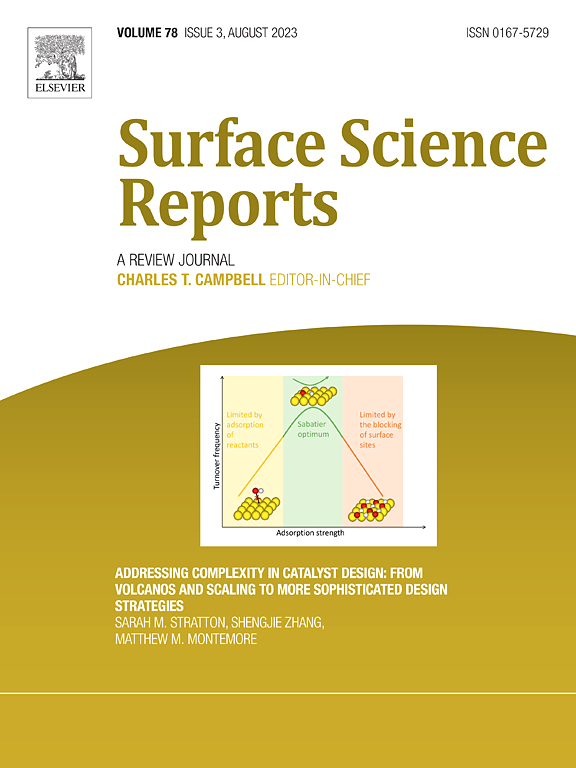Nanometal plasmonpolaritons
Abstract
A nanometal is a nanometric metallic structure. A plasmon is a collective excitation of an electron gas. A plasmon polariton is a plasmon coupled to an electromagnetic wave. Whereas plasmons in bulk metal do not couple to light fields, a thin metal film can sustain surface polaritons when excited by light. This can be achieved via an evanescent prism coupling, the help of surface corrugations to ensure momentum matching, etc. Such surface polaritons propagate as coherent electron oscillations parallel to the metal surface and decay exponentially perpendicular to it. Thus, the electromagnetic energy is confined to dimensions below the diffraction limit perpendicular to the metal surface. Corrugations can further act as light scattering centers for surface plasmons, allowing for the fabrication of interesting optical devices such as an all-optical transistor. This surface science report reviews the present literature on surface polaritons in nanostructures and waveguides. Models, computer simulations and experiments are reviewed and illustrated by simple comprehensive examples. Experimental and theoretical studies of short and long range sensing using plasmonic nanostructures are in particular considered. Some applications for nanometals are outlined. The interactions between metallic particles and films due to the interactions between several localized and delocalized surface plasmons are among the examples. Applications to fluorescence extraction in the interaction between near-field and matter are also included here. Nevertheless this report cannot be an exhaustive one. This would be an endless task. It leaves space for future Surface Science Reports issues by colleagues whose achievements do not appearhere.

 求助内容:
求助内容: 应助结果提醒方式:
应助结果提醒方式:


